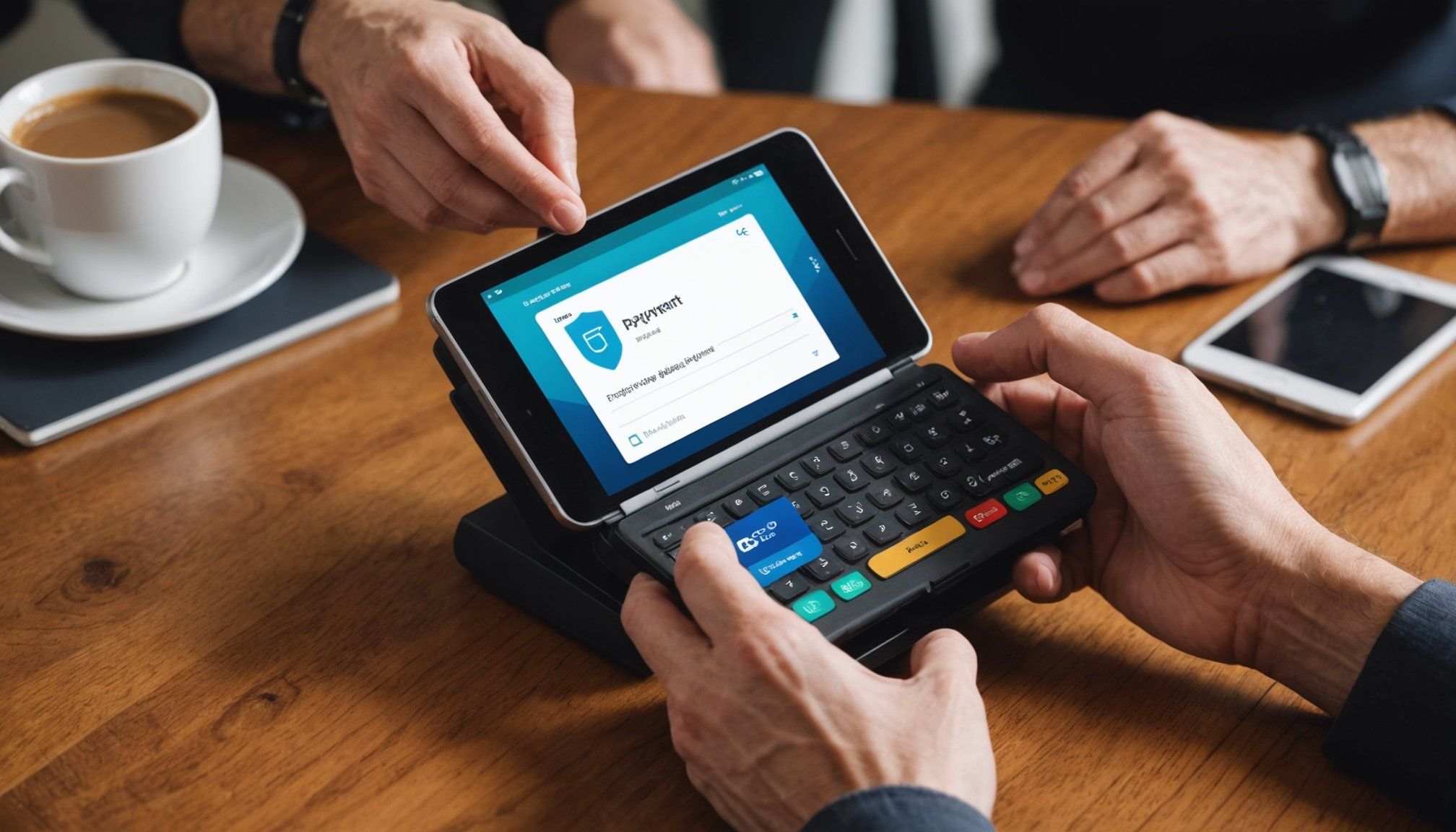In today’s digital marketplace, establishing a secure online payment system is crucial for every business. With an increasing number of customers opting for online transactions, ensuring that their data remains safe throughout the payment process is a priority. This guide will walk you through the necessary steps to set up a secure payment gateway, helping you protect your customers and your business from potential fraud. Let’s dive into the process.
Understanding the Basics of Online Payments
When embarking on the journey to set up a secure online payment system, it’s imperative to grasp the fundamentals of online payments. Essentially, an online payment refers to any monetary transaction conducted over the internet. These can vary significantly, from credit card purchases to digital wallets. Each method requires a payment processing system that can handle the various transactions efficiently and securely.
Topic to read : What tools can I use to monitor my internet usage and ensure parental controls?
At the core of these online transactions is the payment gateway, which acts as the bridge between your website and the financial institutions involved in the transaction. This system is responsible for collecting, authorizing, and processing payments. To foster trust and safety among your customers, ensuring that you select a reliable and secure payment gateway is paramount.
Moreover, the choice of payment methods you provide can impact your business’s ability to attract and retain customers. Many businesses today offer multiple options, including credit cards, debit cards, and alternative payment methods like PayPal and cryptocurrencies. Each option has its own set of security protocols, requiring you to stay informed about the features and vulnerabilities associated with each.
Also to discover : How can I protect my devices from ransomware attacks?
In addition to choosing the right payment methods, understanding the importance of data security cannot be overstated. With online fraud on the rise, safeguarding your customers’ information should be a priority. Compliance with standards such as PCI DSS (Payment Card Industry Data Security Standard) is necessary for any business dealing with payment processing. PCI DSS establishes a framework for securing card data in your system, protecting you and your customers from potential security breaches.
Choosing the Right Payment Gateway for Your Business
Selecting the appropriate payment gateway is a pivotal step in establishing a secure online payment system. With numerous options available, your choice will depend on several factors, including your business model, customer preferences, and geographical considerations.
Start by researching various payment gateways to compare their fees, features, and security measures. Popular payment systems include Stripe, PayPal, Square, and Authorize.Net, each offering unique advantages. For instance, Stripe is renowned for its robust API, making it ideal for tech-savvy businesses looking to customize their payment processes. On the other hand, PayPal is well-known for its ease of use and extensive user base, which can inspire confidence among customers.
Once you identify potential gateways, confirm their compatibility with your website’s platform. Most eCommerce systems such as Shopify or WooCommerce offer built-in integrations with major payment gateways, but checking compatibility is essential to avoid any disruptions in your transaction processes.
Additionally, consider the security measures each gateway employs. Look for features such as encryption technology, tokenization, and fraud detection tools. These features enhance the security of your payment transactions, reducing the risk of data breaches and fraud.
Another important aspect is customer support. When problems arise, having reliable customer service can make a significant difference in resolving issues swiftly, ensuring minimal disruption to your operations. Test customer support channels during your evaluation process to gauge responsiveness and effectiveness.
Finally, always read user reviews and testimonials to gain insights into others’ experiences with the payment gateway. This research will help you make an informed choice that meets your business and customer needs.
Implementing Security Measures for Your Online Payment System
Once you have chosen the right payment gateway, the next step is to implement robust security measures to protect both your business and your customers. Reliable data security is a foundation of any effective online payment system.
Begin by ensuring that your website uses HTTPS. This protocol encrypts data exchanged between your customers and your server, safeguarding sensitive information during transactions. Many businesses overlook this fundamental step, but it is crucial for establishing trust with your customers.
Next, incorporate Strong Customer Authentication (SCA) procedures. This involves multi-factor authentication, which can significantly reduce the risk of fraud. By requiring customers to verify their identity through multiple methods—such as a password and a text message code—you add an extra layer of protection during the payment process.
Moreover, keep your software and systems up to date. Regularly update your website’s CMS, plugins, and security patches to protect against vulnerabilities that could be exploited by cybercriminals. Establish a routine for monitoring your system for suspicious activity, and be prepared to respond quickly if any irregularities occur.
Educating your staff about potential security threats and best practices is equally important. Conduct regular training sessions on recognizing phishing attempts and other forms of cyber threats. Empowering your team with knowledge can significantly enhance your payment security efforts.
Finally, consider investing in cybersecurity insurance. This can protect your business financially in the event of a data breach or fraud incident, providing peace of mind as you navigate the complexities of online payments.
Testing and Monitoring Your Payment System
Once your secure online payment system is in place, thorough testing and constant monitoring become essential to its success. Before launching, conduct extensive testing to ensure that all aspects of your payment processing system function seamlessly.
Start by simulating various transactions to verify that the payment gateway processes payments accurately and efficiently. Test different payment methods, including credit and debit cards, to ensure compatibility and functionality. During this phase, it is crucial to identify any potential bottlenecks or issues that could hinder the user experience.
After launch, ongoing monitoring of your payment system is vital. Utilize analytics tools to track transaction performance, identify trends, and detect anomalies that may signify potential issues. Keeping a close eye on transaction success rates and customer feedback can help you optimize your system continually.
Additionally, establish a protocol for responding to transaction disputes. Having a clear process in place will enhance your ability to handle any issues that arise, whether due to fraud or customer dissatisfaction. Ensure that your team is trained to address these disputes promptly and professionally to maintain customer trust.
Regularly review and update your payment system to incorporate new security technologies and compliance requirements. The landscape of online payments is constantly evolving, and staying current will help you mitigate risks and enhance your overall transaction experience.
In conclusion, testing and monitoring your secure payment system is not a one-time task but an ongoing commitment to excellence.
Establishing a secure online payment system is a critical endeavor for any business looking to thrive in the digital marketplace. By understanding the basics of online payments, choosing the right payment gateway, implementing robust security measures, and consistently testing and monitoring your system, you will not only protect your business but also enhance customer trust and loyalty. As you continue to refine your payment processes, remember that a secure system is a key component in the success of your business. Embrace these steps, and position your business for a prosperous future in the world of online transactions.











